If you grew up in the U.S., especially in the eastern half of it, you probably heard tales of Johnny Appleseed, the mysterious but friendly wanderer who roamed the country, then a wild frontier, planting the apple trees that would turn the humble apple into a symbol of America. Maybe you saw images of him wearing a burlap sack and a pot for a hat, scattering apple seeds into the soil as he walked.
But who was this person, really?
A single man traveling through the frontier and planting apple trees seems like something right out of a fairytale. It's not uncommon for legends to get exaggerated or altered over time as they're passed down in one giant game of telephone. ]
Every culture all around the world has their legendary figures that range from cute to terrifying, and while some of them might be based in truth, many have been changed into mystical creatures over time.
And that's kind of why Johnny Appleseed is so fascinating — because his legend really is mostly all true!
John Chapman was born 1774 in Massachusetts and struck out for the west when he was 18 years old. He soon started an apprenticeship with the owner of several apple orchards, inspiring his love of the trees, their fruit, and what could be made out of them.
But he wasn't just a sort of early hippie scattering seeds. He was actually much more! Read on to learn more about this American legend.
[H/T: Dusty Old Thing, Wikipedia]

John Chapman was born on September 26, 1774 in Leominster, Massachusetts. His father served in the American Revolution, and he grew up with one sister and 10 half-siblings.
In 1792, at the age of 18, Chapman headed west, possibly with his 11-year-old half-brother. In 1805, the rest of the Chapman family met them in Ohio and settled down, and Chapman started apprenticing with an apple orchard owner, learning about the different varieties of apples.
Soon, he started traveling, planting apple trees wherever he went. He would go on to bring apples to everywhere from West Virginia to Indiana.
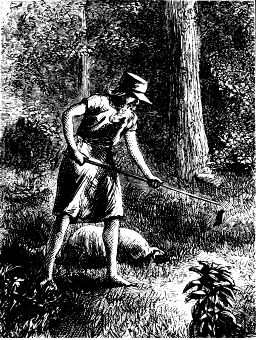
But he didn't simply scatter them at random. Thanks to his apprenticeship, Chapman actually planted carefully planned nurseries, and built fences to protect them from livestock.
He would make arrangements with a local farmer to have them care for the nurseries, and he would return every year or two to check on and tend to the trees. He and the managing farmers would also sell the trees as shares to other locals, so communities could use them as an investment.

Today, we think of Johnny Appleseed spreading apples around for their sheer goodness, but Chapman's apples were of a slightly different variety than the kind we eat and bake into pies.
In fact, most of the apples Chapman planted were made into hard cider, not pies at all!

Cider was a cheap and easy beverage that could both be sold for cash and consumed at home. The alcohol content was also great for purifying water and making it safe to drink.
Cider is still enjoyed today all over the U.S. and in other parts of the world, too.
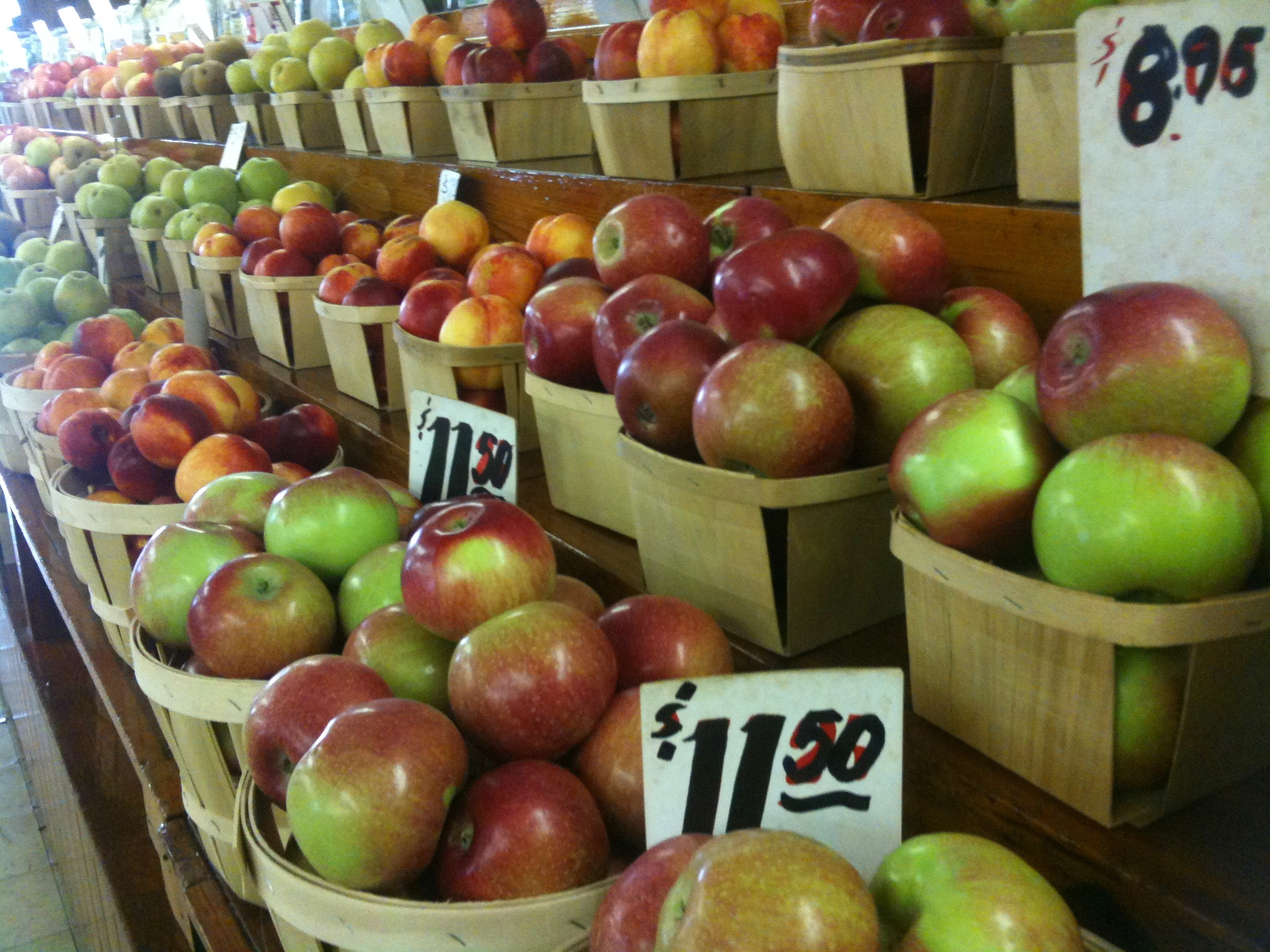
But while he was focused on cider, his nurseries, which grew into orchards, cemented the apple as an American agricultural staple, and a beloved fruit that can be enjoyed all kinds of ways.

People have always loved apples for their tastiness, and many ancient legends feature apples as having mystical powers, usually secret knowledge, like in the Bible, and sometimes even as links between the living and spirit worlds.
Apples are also a symbol for rebirth and resurrection in many European traditions.
And even for Johnny Appleseed, apples and spirituality went hand in hand. Besides planting nurseries, Chapman was also a Christian missionary, and was known to share readings and teachings with people on his travels.
Chapman was deeply religious, and was said to once even put out his own fire to prevent insects from flying into it, saying, "God forbid that I should build a fire for my comfort, that should be the means of destroying any of His creatures." He was also a vegetarian.
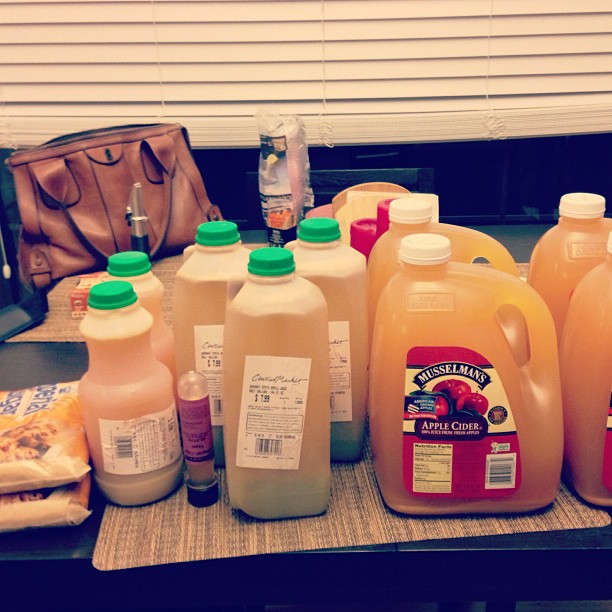
Chapman was certainly unconventional by today's standards, but back in the pioneer days, he was another person trying to create a land where all people could prosper and be healthy.
Maybe it's because of him, and his kindness and generosity, that we associate apples with wholesomeness.
Today, we enjoy apples in a lot of ways, including in non-alcoholic cider, which is just as delicious.

And apple cider donuts might be a more modern invention, but they are just as wonderful.
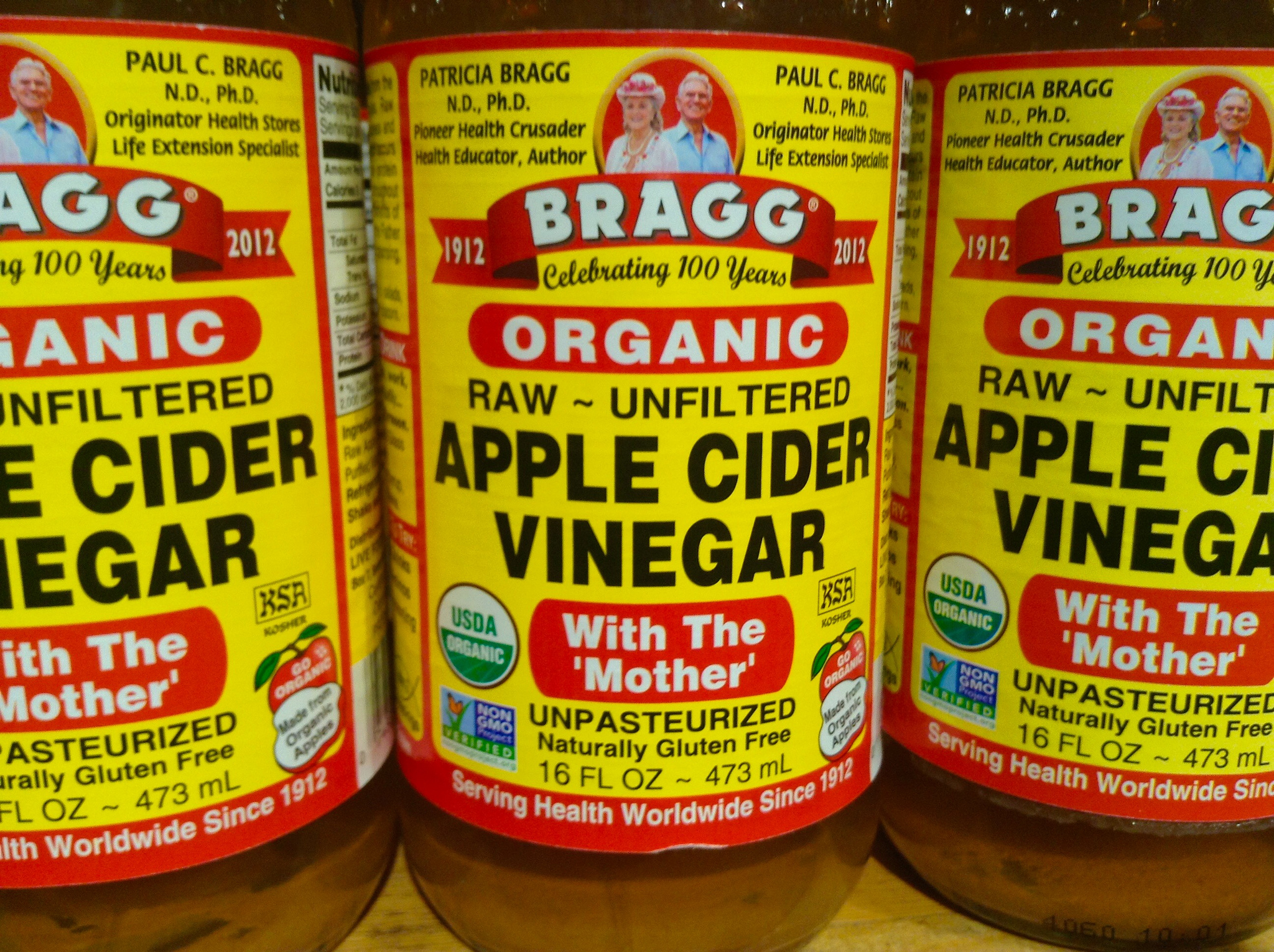
And if you're a LittleThings reader, you know that there's basically nothing apple cider vinegar can't do for your body and your home.
Chapman might not have foreseen all the apple products we use today, but his introduction of the trees very well may have had something to do with how much we love apples today.
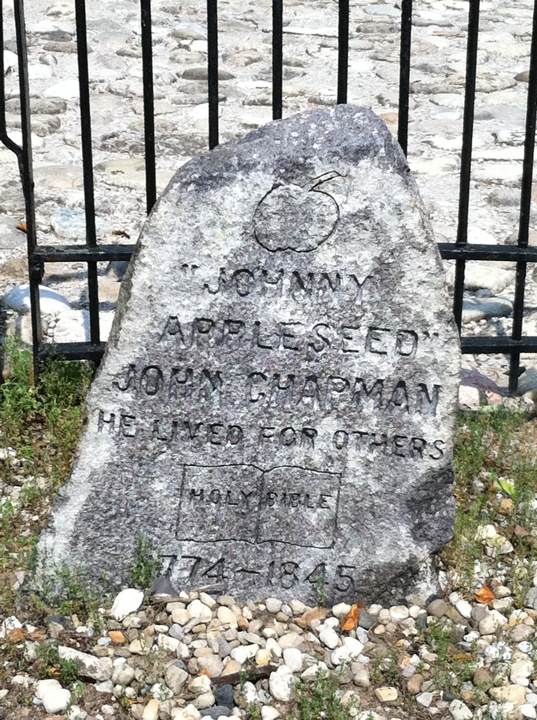
John Chapman died in Fort Wayne, Indiana, in 1845 at the age of 70. Though there's some dispute about where he's buried, most people agree that his final resting place is in Fort Wayne, and his tombstone even has an apple carved into it.
Today, Johnny Appleseed is remembered all over the U.S., mainly in the areas he traveled, with festivals, museums, and landmarks.
The next time you bite into an apple, remember Johnny Appleseed. And SHARE his fascinating story with anyone who loves a good cider donut.




